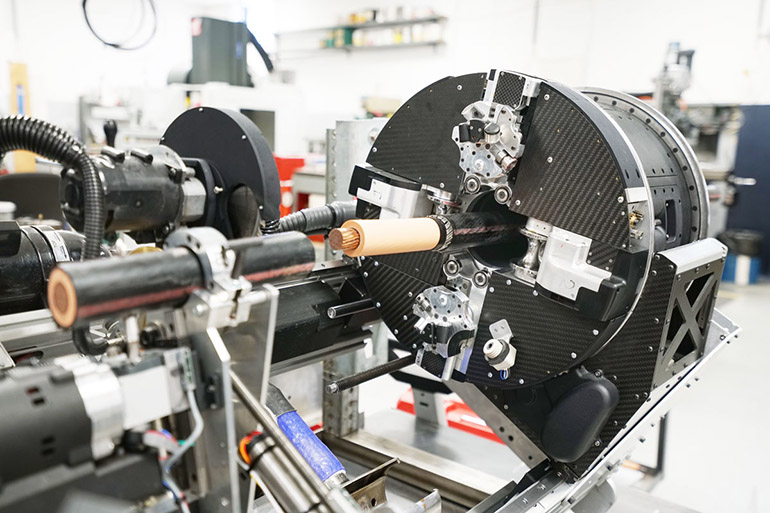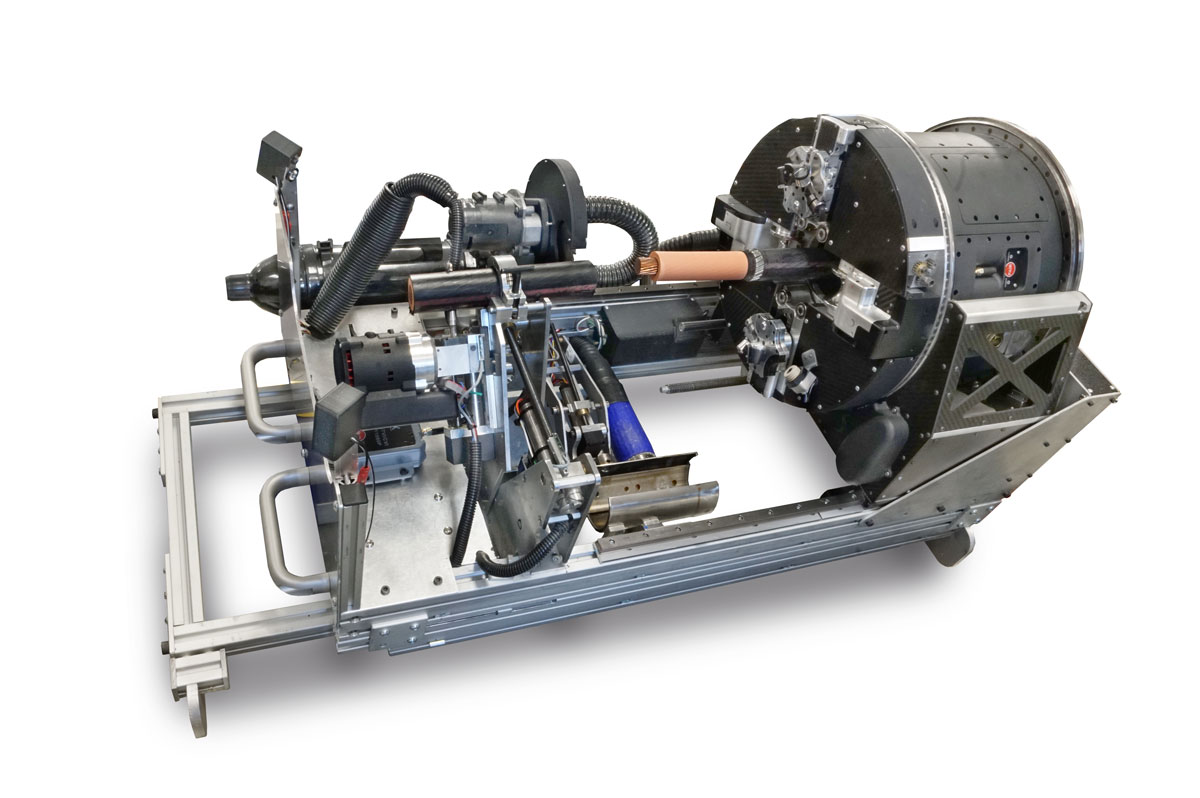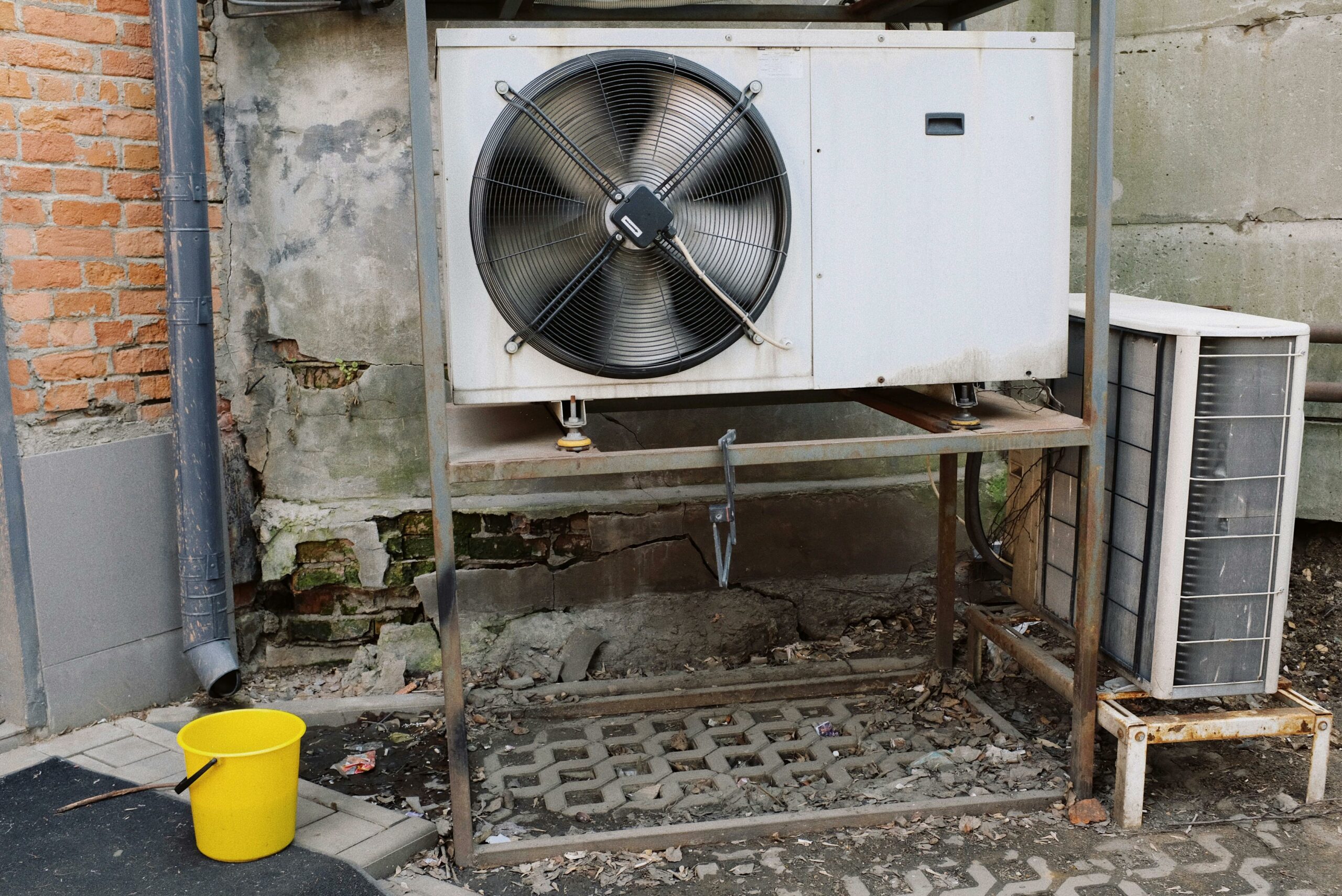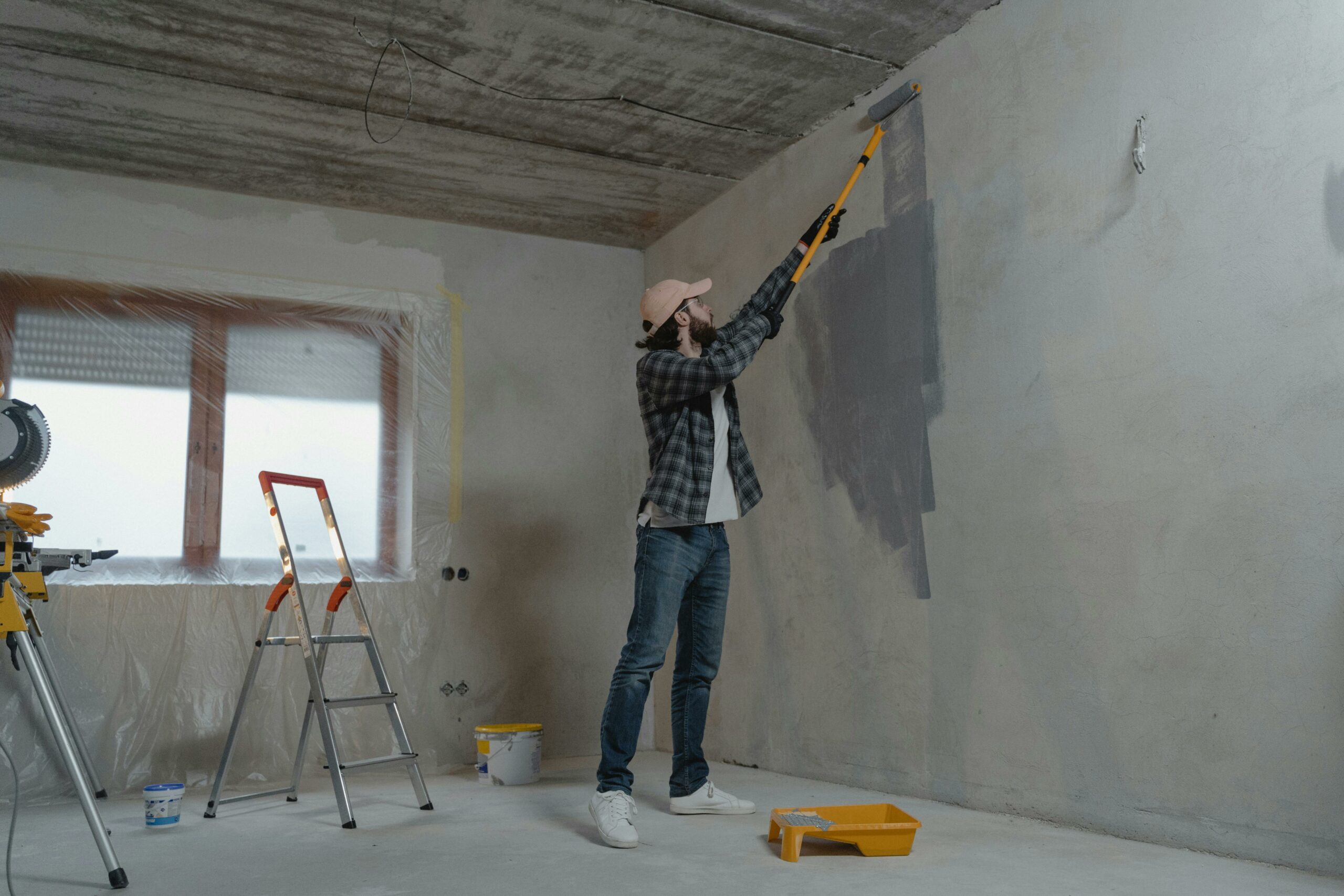Listen to this article

Con Edison is testing the Cable Splicing Machine. Source: ULC Technologies
Energy and utility companies are turning to robots to improve reliability, resilience, and worker safety. ULC Technologies LLC and Con Edison Company of New York Inc. today said they have developed and field-tested a machine to automate the termination of medium-voltage cables.
The new prototype Cable Splicing Machine will allow utility workers to improve the repeatability and consistency of critical connections within the electric grid, said the partners. It can automate cable end preparation while minimizing worker exposure to high voltages, added ULC.
“At Con Edison, worker safety is paramount,” said Patrick McHugh, senior vice president for Con Edison Electric Operations, in a release. “The technology used in this tool will enable our workers to splice high voltage cables, efficiently, uniformly, and, most importantly, more safely.”
“When you reduce the risk of performing thousands of splices each year, improve their accuracy and efficiency, it benefits workers, grid reliability, cost effectiveness, and value,” he said. “That’s a win, win, win for Con Edison, its workers, customers, and the industry.”
 Learn from Agility Robotics, Amazon, Disney, Teradyne and many more.
Learn from Agility Robotics, Amazon, Disney, Teradyne and many more.
ULC designs Cable Splicing Machine to handle complexity
ULC Technologies said it has developed and commercialized robots, machine learning, and inspection services to help energy and industrial companies repair and maintain their pipelines and critical infrastructure. The Hauppauge, N.Y.-based unit of SPX Technologies Inc. claimed that its systems can help customers minimize public disruption, reduce greenhouse gas emissions, improve safety, and minimize costs.
The new Cable Splicing Machine can performing complex operations on feeder cables in underground vaults, explained ULC. It cited as primary drivers the need to improve the safety of utility workers, shorten the overall feeder outage duration to reduce the stress on the grid, and improve network resiliency.
“This is particularly important as underground distribution feeder outages occur during adverse weather conditions such as heat waves and storms that place significant stress on the electric grid,” ULC said. The machine consists of several independent subsystems controlled through a centralized processing computer and user interface.
“The Cable Splicing Machine can be secured onto the middle of an uncut cable in the field and uses electrical actuators to provide precise coordinated motion along the axial and circumferential directions, including continuous 360-degree operation,” said Ali Asmari, director of infrastructure operations at ULC. “The machine’s tool plate consists of numerous tools capable of stripping back each layer of the cable to a desired dimension using precision tool depth controls.”
With the research and development phase complete, ULC is working with Con Edison to update the tooling so it can address different types of cables faster than before. Several auxiliary subsystems can autonomously carry out additional steps such as adaptively shorting and cutting the cable, said the company.
Live camera feeds allow an operator to monitor and verify the entire process from outside the manhole with no physical human intervention, ULC said. The company offers its technology through a robots-as-a-service (RaaS) model.

The Cable Splicing Machine includes automatic features for completing complex operations. Source: ULC Technologies
Con Edison conducts field trials
Con Edison Company of New York is a subsidiary of Consolidated Edison Inc., one of the largest investor-owned energy-delivery companies in the U.S., reporting about $16 billion in annual revenues and $64 billion in assets.
The regulated utility company provides electric service in New York City and New York’s Westchester County. It also provides gas service in Manhattan, the Bronx, and parts of Queens and Westchester, as well as and steam service in Manhattan.
Con Edison and ULC began field trials of the Cable Splicing Machine this year. The splicers lowered the machine into the structure and then inserted the cable inside the machine. It completed three autonomous operations to prepare the cable in approximately 25 to 30 minutes per each phase of the medium-voltage cable.
ULC plans to demonstrate its technology in Booth 760 at the upcoming Distributech Conference, which will be from Feb. 26 to March 1 at the Orange County Convention Center in Orlando, Fla.























